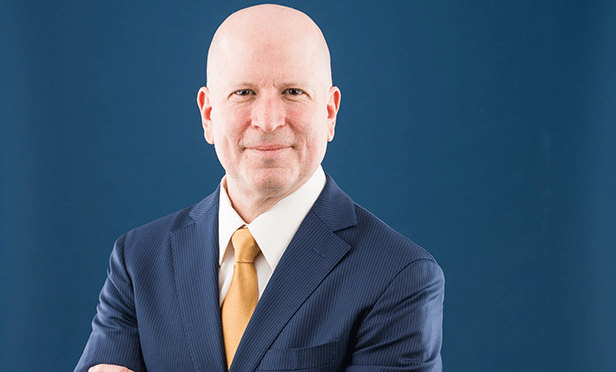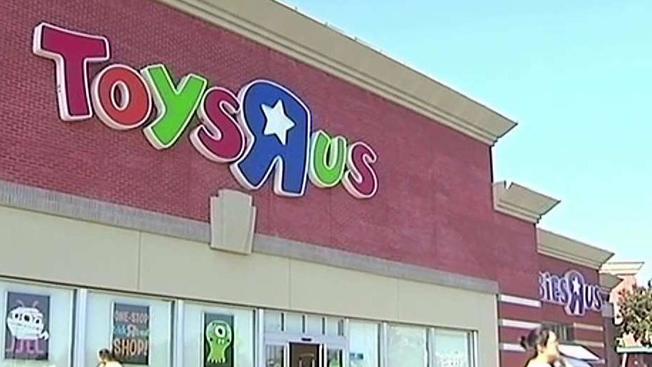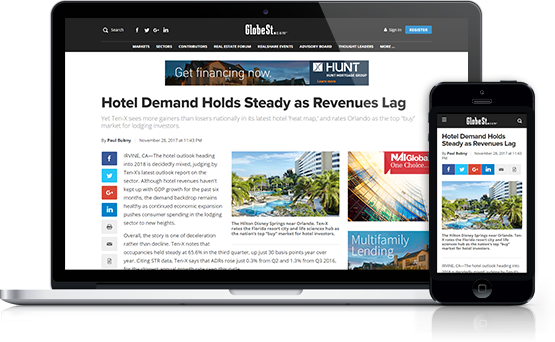
Last year's hyped deluge of distress has materialized into a drip. Yet, the promise of 2009 was that the lemons of 2005, 2006 and 2007 would finally be ripe for the squeezing and investors readied their capital accordingly. The result is a highly competitive market with, perhaps, inflated pricing. The question is whether or not a price can be considered too high on assets that are in the process of price discovery.
"People are referring to it as a scarcity premium," explains Stath Karras, executive managing director of national investment sales at Cushman & Wakefield. "And many believe that the prices being paid have been pushed unusually high" for this point in the cycle. With more than a few funds on expiring deadlines to spend capital, the money ready to bid-especially on class A properties-is increasing demand rapidly, not necessarily consistent with the cash-flow valuation of the assets themselves.
"We can observe a large number of bidders when properties do become available," notes Real Capital Analytics global economist Dr. Sam Chandan. "That has naturally led to upward pressure on pricing, which reflects the supply/demand conditions in the market, but not a sustained improvement in fundamentals. And that's the definition of an emergent bubble."
Recommended For You
Want to continue reading?
Become a Free ALM Digital Reader.
Once you are an ALM Digital Member, you’ll receive:
- Breaking commercial real estate news and analysis, on-site and via our newsletters and custom alerts
- Educational webcasts, white papers, and ebooks from industry thought leaders
- Critical coverage of the property casualty insurance and financial advisory markets on our other ALM sites, PropertyCasualty360 and ThinkAdvisor
Already have an account? Sign In Now
*May exclude premium content© 2025 ALM Global, LLC, All Rights Reserved. Request academic re-use from www.copyright.com. All other uses, submit a request to [email protected]. For more information visit Asset & Logo Licensing.








